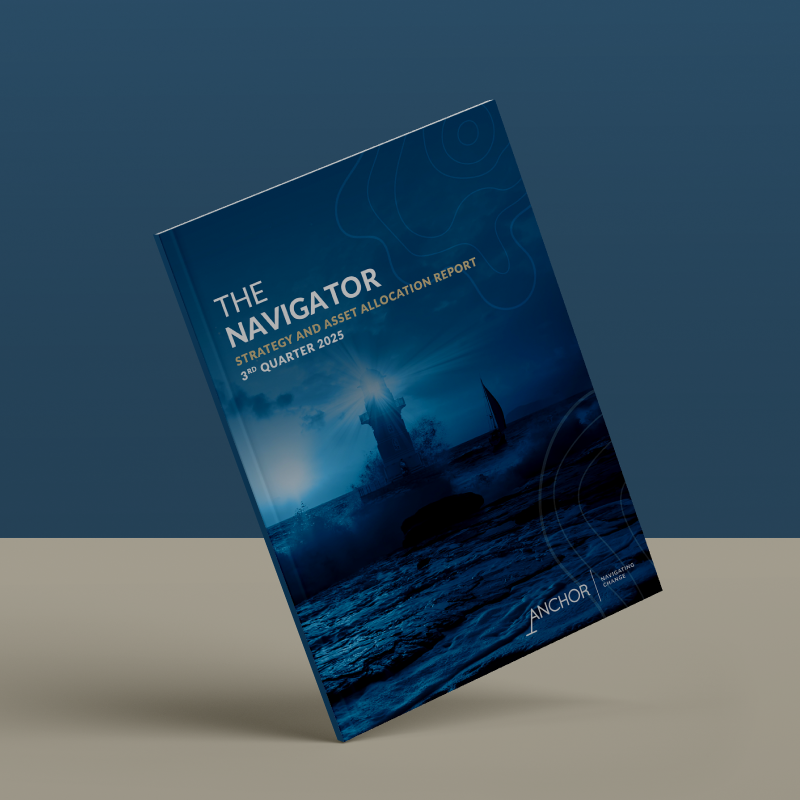We start this article with an excerpt from the National Treasury (NT) fact sheet entitled What does the Financial Action Task Force (FATF) greylisting mean for a country?
‘“The FATF does not call for the application of enhanced due diligence measures to be applied to these jurisdictions. The FATF Standards do not envisage de-risking or cutting off entire classes of customers, but call for the application of a risk-based approach. Therefore, the FATF encourages its members and all jurisdictions to take into account the information presented below in their risk analysis.”
However, despite the FATF requirement, selected institutions are expected to undertake more enhanced monitoring for their own business reasons or as may be required by their own laws, e.g., the EU’s Directive 4 (the EU’s Directive on Anti-Money Laundering and Terrorist Financing), which is designed to strengthen its efforts to combat money laundering and terrorist financing. Hence, institutions based in a greylisted country engaging in cross-border trade and other activities may be subject to higher levels of customer due diligence by financial institutions outside of that country. In practice, this means being more thorough in processing and vetting clients and understanding the sources of their funds.’
What has happened?
SA’s greylisting is now very definitely in place, and it has had more of an impact than we would like to believe! Relevant from the above NT excerpt is that suddenly, what was already an onerous process dealing with anything cross-border related has been made much more complicated and lengthier following the greylisting, and institutions have undertaken ‘more enhanced monitoring’.
How do we know? Because it affects our daily tasks, such as;
- opening accounts,
- sending funds offshore for clients,
- what to invest in,
- the compliance required when redeeming investments, and
- documentation required to prove wealth.
In some instances, one has to delve into records going back 40-50 (and even more) years to:
- produce proof of all sorts of transactions,
- include death certificates of people who died many decades ago,
- provide the source of wealth,
- provide the source of funds,
- provide details on individuals who are settlors of trusts, protectors and beneficiaries.
It is, therefore, imperative to understand what one is being asked for so that the salient information can be provided timeously. Defining some of the basics is a good start, bearing in mind that the client needs to provide the information. The list below is not all-inclusive but attempts to cover the common requests from various administrators.
Definition 1 – Know your client (KYC)
As a financial advisor, one is subject to KYC legislation, which stands for know your client.
Globally, there has been an exponential increase in money laundering and terrorist financing activities, and the COVID-19 pandemic did not improve the situation.
The KYC legislation (the Financial Intelligence Centre Act of 2001) insists that financial institutions make their customer due diligence practices as robust as possible to ensure that they are not on the receiving end of any misdemeanours which have to be reported to the FATF and their watchdogs on the ground, e.g., SA’s Financial Intelligence Centre (FIC). The challenge is to know and understand our clients and any changes in their circumstances, including residency, political exposure or links to political persons. When one lives in a greylisted country, its residents’ status and circumstances change overnight. In many instances, the residents of greylisted countries are considered ‘high-risk’ individuals for money laundering and terrorist financing. More questions are being asked than ever before, and offshore administrators have become even more vigilant.
Unfortunately, the impact on the client is that more questions and documentation are required for investing or cross-border transacting.
Definition 2 – the source of wealth (SOW) and the source of funds (SOF)
These two sources have come to the fore, and although they have always been around, they now have far more practical implications than before SA’s greylisting.
What is the difference?
- SOF is the origin of the money per transaction, while SOW is the origin of all the money an individual has amassed during their lifetime.
- SOF and SOW checks are an essential element of KYC measures and part of the AML recommendations laid out by the FATF.
SOF: As mentioned above, SOF is the origin of the money used in a transaction. If a client makes a purchase, the information required includes:
- what account did their funds come from?
- whose account is it coming from? and
- what activity generated those funds in the first place?
Legitimate sources of funds include personal savings accounts, employment income, redemption/liquidation of investments, property sales, inheritances, gifts, legal settlements (including divorce settlements) and distributions from trusts. The fact that the source is legitimate does not mean these questions will not be asked.
SOW: This refers to the origin of all the money an individual has amassed during their lifetime. Essentially, it analyses the activities that have contributed to an individual’s total wealth. SOW examples include family inheritances, investments, business ownership, and income from employment.
SOF/SOW impact since the greylisting
The best way to illustrate this is by an example:
- An SA resident has died (an elderly lady of 90). In terms of the will and distribution to her heirs, it was decided to redeem an offshore investment.
- Before SA’s greylisting, the following was required:
- A death certificate,
- ID,
- a redemption form sent to the administrator; and
- estate late bank account details.
- After SA’s greylisting, the following is required:
- A death certificate,
- ID,
- redemption form,
- estate late bank account details,
- The source of wealth (this meant tracing the [now-deceased] client’s original accumulation of capital),
- The source of funds (this entails calling up archived records from storage from 2012 to prove the transactions of transfers into the fund).
- A copious number of emails to ascertain what would be appropriate and
- constant reminders that this client is now considered high-risk.
- Before SA’s greylisting, the following was required:
The point here is that unless you know your client (and their history) exceptionally well, it is often difficult to produce the required information for anti-money laundering as per FATF regulations. This leads to time being wasted and frustration for the client when funds are not released timeously. Unfortunately, the environment is such that administrators are unrelenting on what is required so that they are not in the firing line.
There are many more examples, such as fund managers not accepting direct SA investors unless it is done through a platform. Suffice it to say that the global environment is a lot more difficult to manage now that we are greylisted!
To assist in this laborious and time-consuming process, please do NOT throw away ANY documents (or delete any digital records) pertaining to financial transactions. It has been invaluable to have records readily available to answer the myriad of queries being thrown at us!




